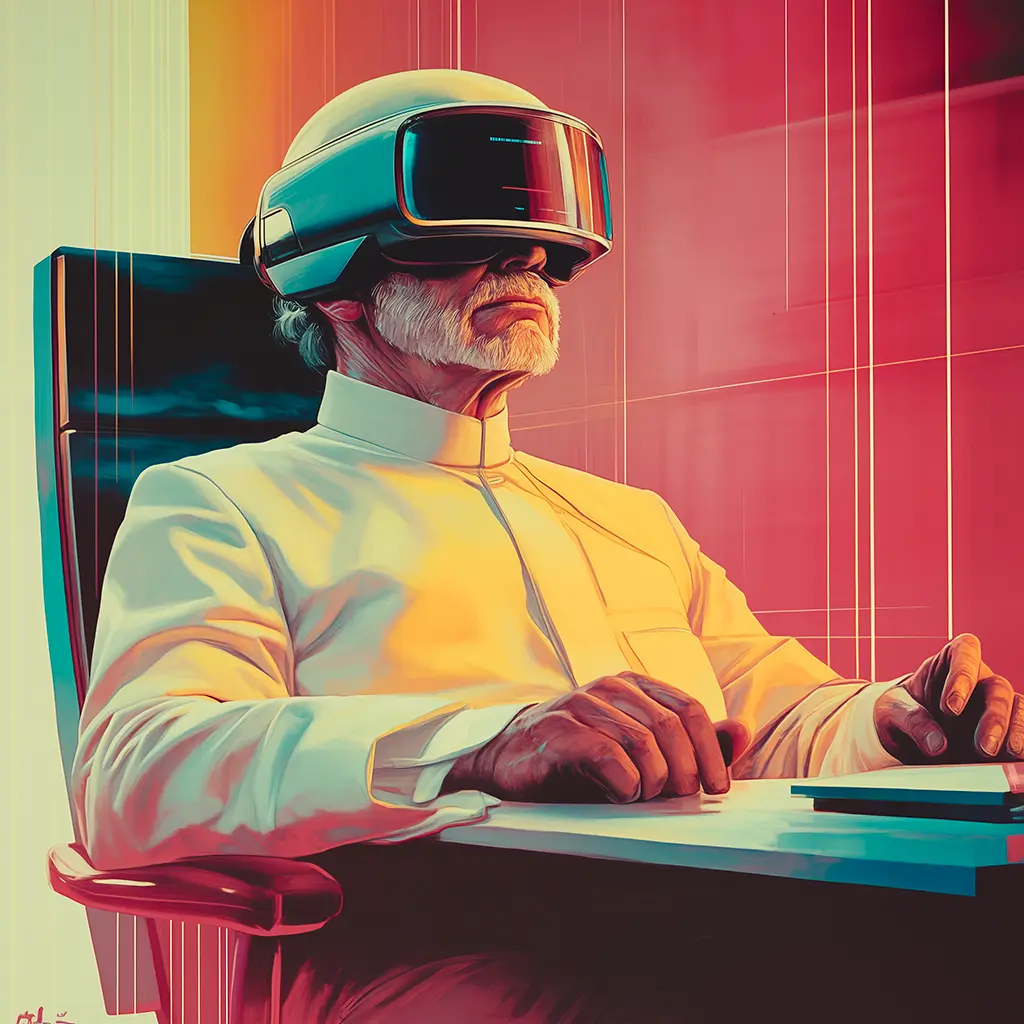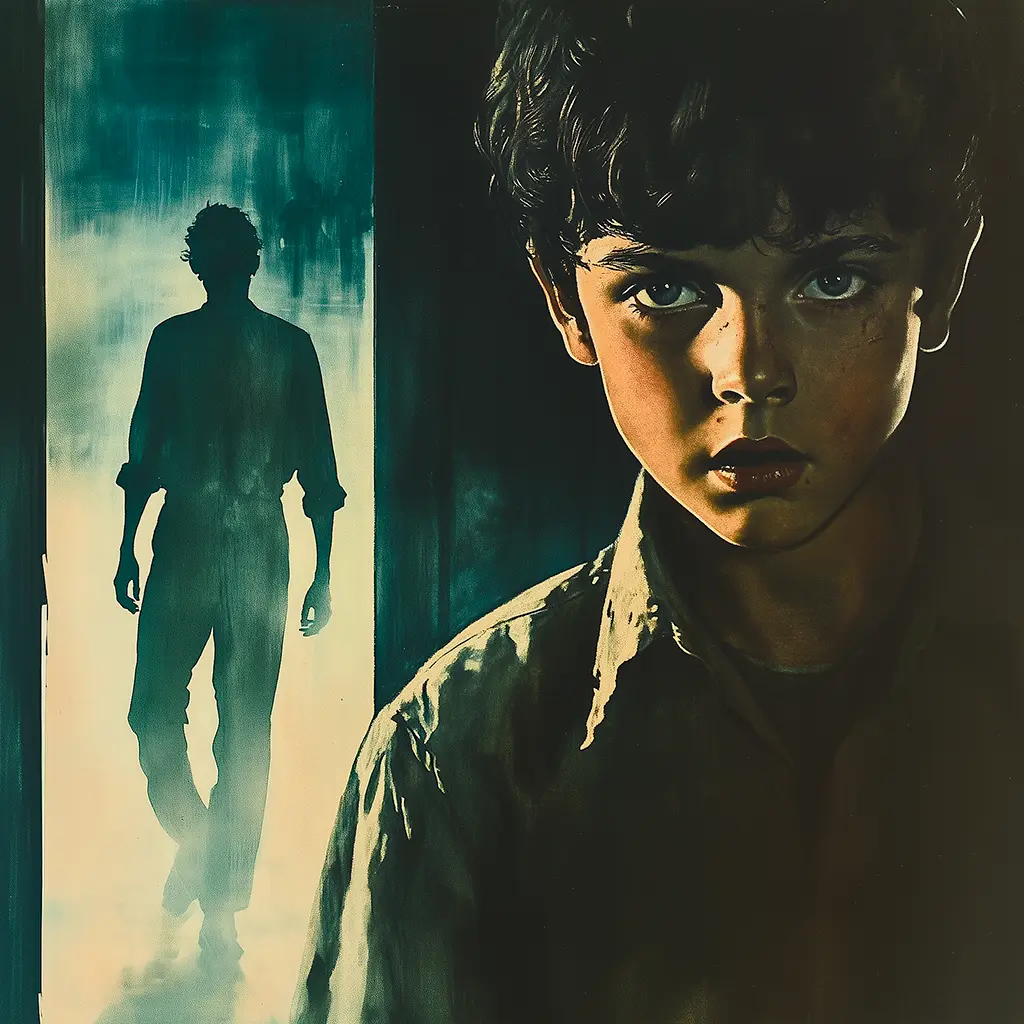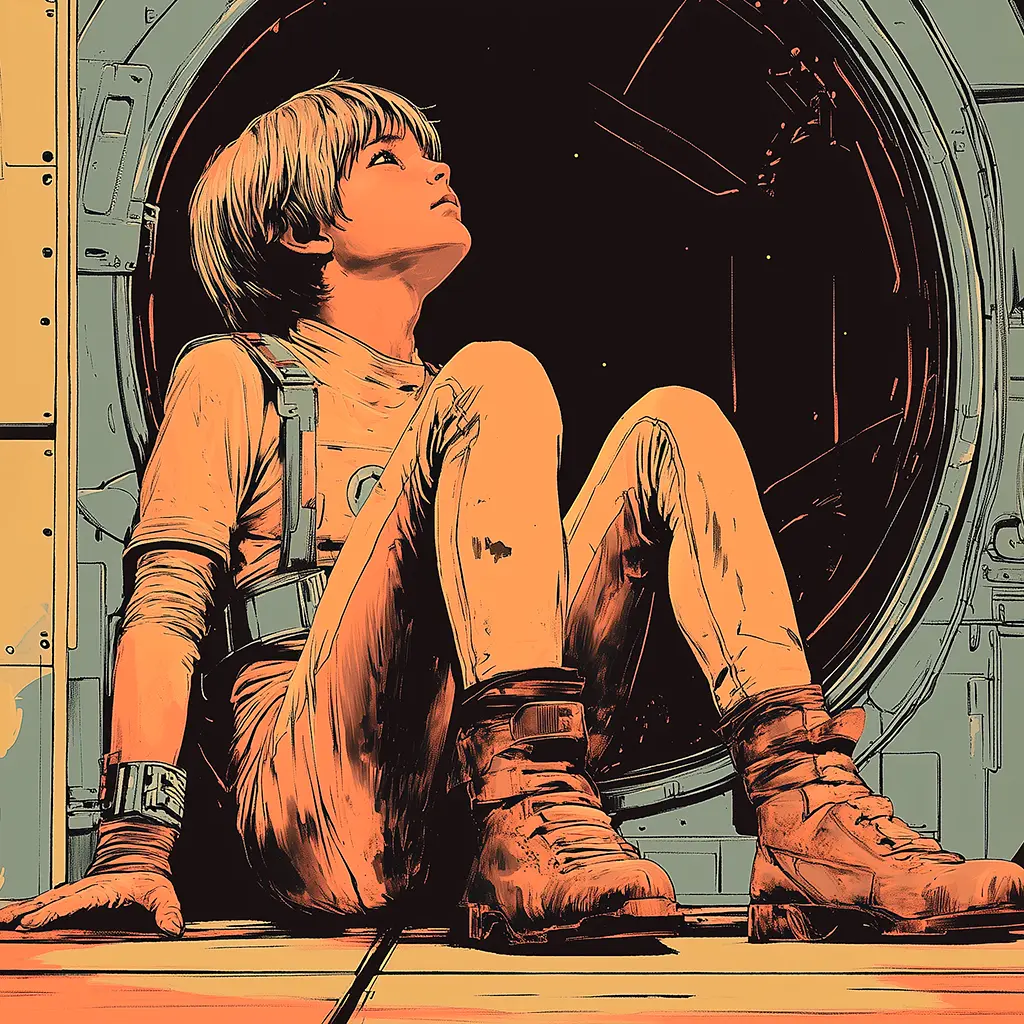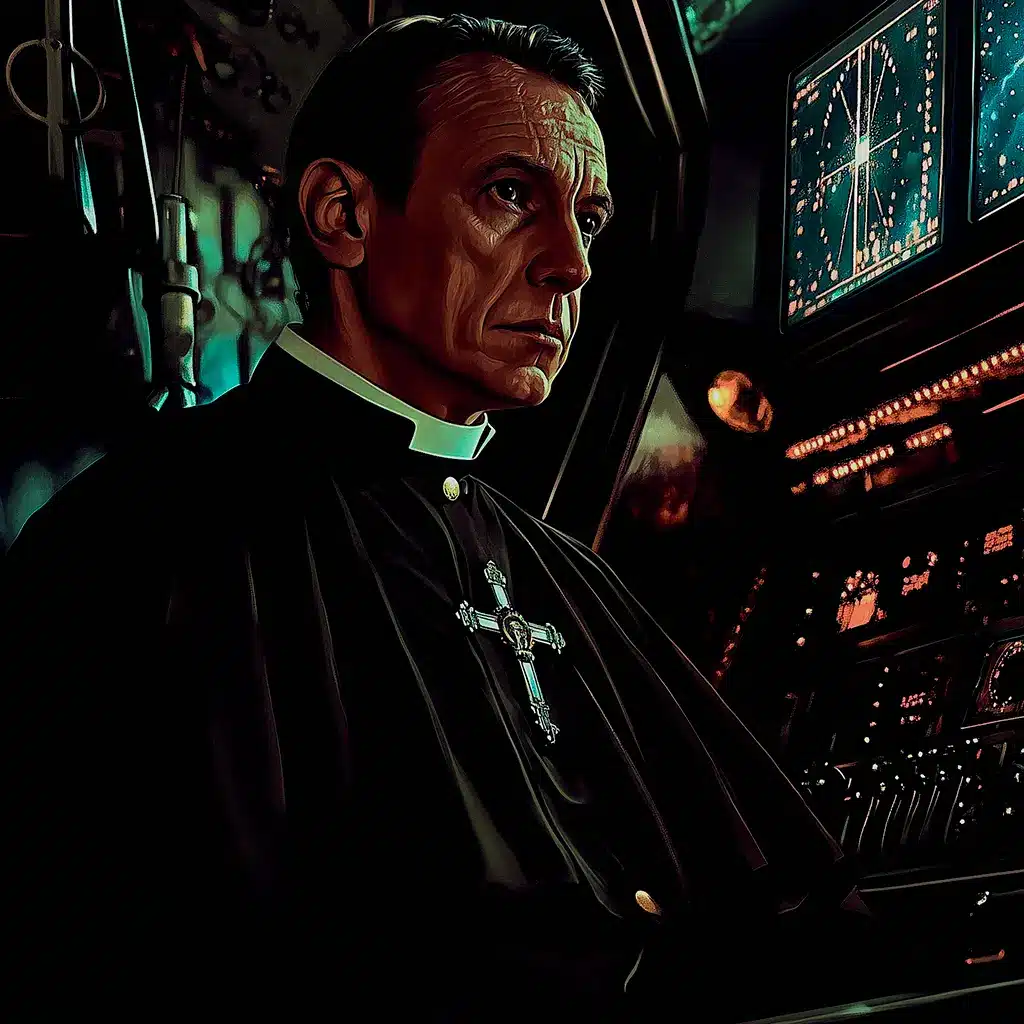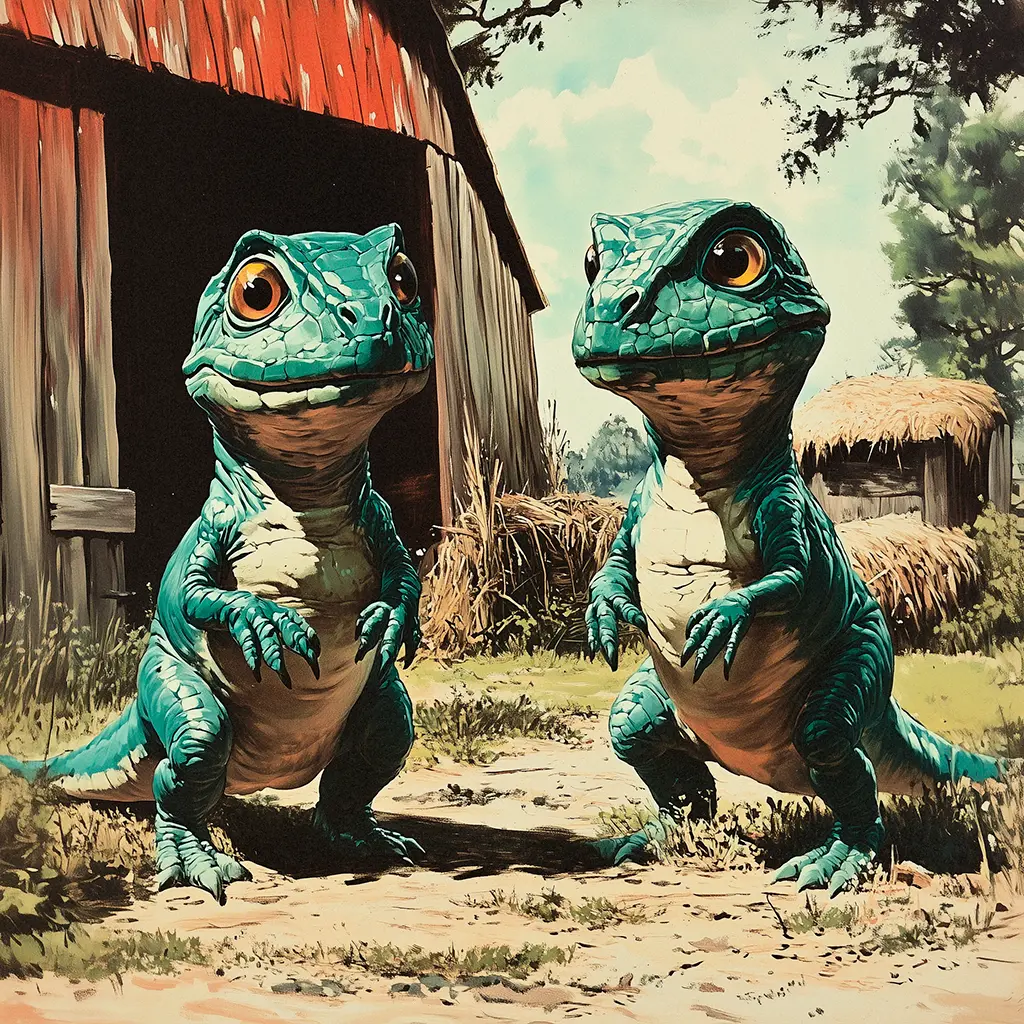Isaac Asimov: Dreaming Is a Private Thing
Dreaming Is a Private Thing is a science fiction story by Isaac Asimov, published in The Magazine of Fantasy and Science Fiction in December 1955. The story is set in a future where dreams have become the supreme form of entertainment thanks to technology that allows them to be recorded and replayed. In this world, a select group of people endowed with extraordinary imagination – the professional dreamers – create dreamlike experiences that the rest of humanity can enjoy. Through this innovative scenario, Asimov reflects on the uniqueness of creative talent and the ethical dilemmas posed by its commercialization in a society obsessed with consumption.
